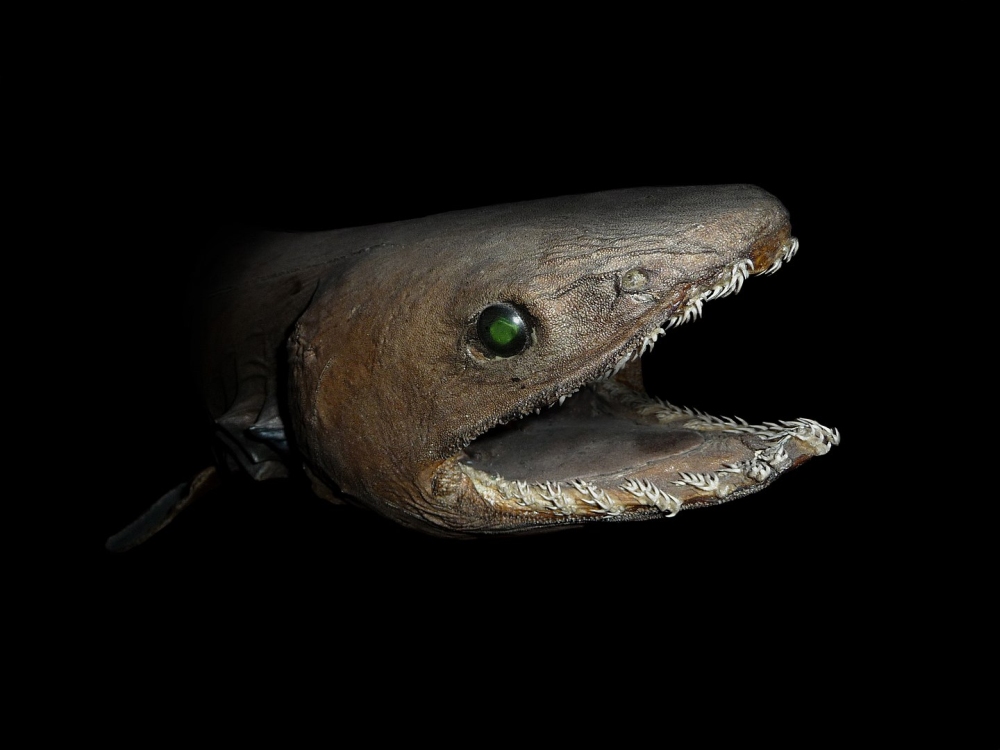
Shark From 80 Million Years Ago Is Still Alive – It Has a Snake’s Head and Insane Teeth
This incredibly rare prehistoric shark made headlines not long ago, when researchers came across a specimen near the Portuguese coast. No one knows why this species has managed to survive for so long, but one thing’s for sure: the frilled shark does indeed look like it got stuck here from a different age.
According to the IUCN Red List of Threatened Species, the frilled shark (Chlamydoselachus anguineus) is categorized as “Least Concern”, meaning that the species was evaluated at a lower risk of extinction. However, we don’t exactly know how many of them are left in the oceans. Since they are so rarely seen, it’s impossible to estimate their population status. In fact, scientists had not seen the shark in its natural habitat until 2004, despite it was discovered in the second half of the 19th century.
The frilled shark lives between 390 and 4,200 feet below the surface and, as with other deep-dwelling animals, this makes it much more difficult to encounter. Although they can be found in many different areas around the globe, their distribution seems to be “spotty”. Some of the areas where you may be able to see the frilled shark (if you can swim that deep) include the Suruga Bay in Japan, near the coasts of New Zealand and Australia, or in the Atlantic Ocean between Norway and Namibia.
Advertisements
24 August 2023
Advertisements



